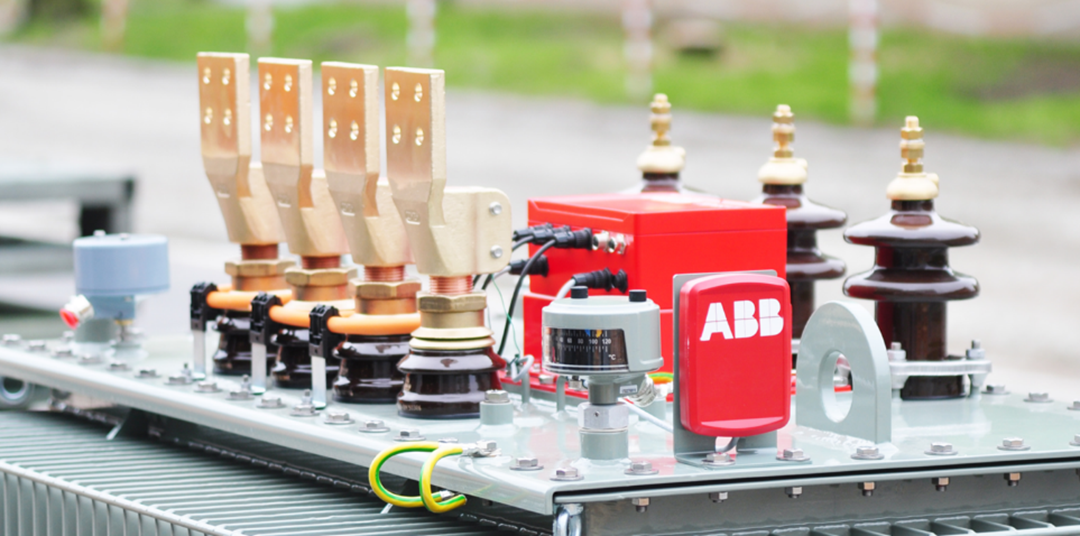Can the extraction of digital insights from transformers on individual solar and wind farms, and from the fleet of transformers deployed in any grid — such as Australia’s National Electricity Market (NEM) or Western Australia’s South West Interconnected System (SWIS) — help to manage and increase the penetration of renewables? Head of Digitalization for the newly merged Hitachi ABB Power Grids business, Dave Goddard, says it can, and the division has today launched its TXpert Ecosystem to start the digital transformation of transformers.
TXpert encompasses a brand-agnostic suite of sensors, data collection and analysis tools, developed to let businesses throughout the energy ecosystem see in near real time how their transformers are performing.
Because transformers control voltage levels of energy as it moves across the grid, they are key to system stability. “Having insights into the state of these assets and then tying that into the control of the grid is foundational,” Goddard tells pv magazine.
Goddard describes the whole purpose of gaining digital overview of grid assets today as enabling “the extremely different world that we find ourselves in as we start to integrate renewables, moving from a fairly stable uni-directional environment to a much more dynamic grid environment.
“Over time, we’ll see an increase in the rate of change of decisions, to switch from energy from a renewable source to a backup source, and we want to be able, in a much more granular way, to balance supply and demand.”
He gives the example of microgrids in Horizon Power’s remit in the north of WA, where batteries are being used to regulate supply from PV generators and demand: “The transformer plays a key role in bringing those things together, and the insights you get from instrumented devices allows you to drive greater balance.”
The performance-enhancing, opex-reducing sense of sensors
Hitachi ABB has been monitoring its huge product range of transformers for many years — there’s nothing new in applying sensors to gather performance data. But TXpert heralds a new era of unified sensing and connectivity within the company’s portfolio, and the ability to integrate information directly from its own assets and those of other vendors to allow overview of all the assets in, say, a distribution network service provider’s ecosystem.
Under the TXpert umbrella, performance data can be compared with years of aggregated data held by Hitachi ABB that shows signs of failure or poor performance in transformers — signs that maintenance is required; or indications that the system is working well and can be more heavily utilised.
Timely maintenance is known to dramatically reduce costs of transformer operation, improve the efficiency of transformers, as well as ensuring the expected lifespan of the assets in line with the 25 years or more now expected of a well-maintained solar farm.
A 2017 report on Digitalization & Energy by the International Energy Agency showed that uptake of digital management in the energy sector had been piecemeal, but that digitalisation had the potential to lower operational and maintenance costs by 5%, lower network losses by 5% and extend the life of network assets by 10%.
A critical asset can be the entry point for digitalisation
“Building on deep experience, we have pioneered the scalable TXpert Ecosystem to bring together customers, partners and industry peers on an open platform developed on strict cybersecurity standards and enabling simple steps in their digitalisation journey,” said Bruno Melles, Managing Director of Hitachi ABB’s Transformer business.
The steps involve TXpert-ready sensors that can be fitted to any transformer; and the application of the TXpertHub, a diagnostic device which is fitted to the transformer to collect and analyse the sensor data and enable connectivity for remote monitoring of the asset. From that point, TXpert asset performance management software can bring machine learning and a level of artificial intelligence to bear on optimal decision making around maintenance and operation of one transformer or several.
Data in itself is not the answer to bringing more renewables into the grid, says Goddard, but in addition to day-to-day op-ex reductions, it provides insights on how assets can be managed, from the perspective of generators or system operators: “the renewable power producer could use it to talk about the amount of power they’re generating, and the reliability of their supply; the operator would use the same information to gauge the level of consumption, the accuracy of their projections and the reliability of available infrastructure”.
It’s one aspect of a broader digitalisation strategy, he adds, but a significant aspect, “given the criticality of the asset it’s monitoring”.
This content is protected by copyright and may not be reused. If you want to cooperate with us and would like to reuse some of our content, please contact: editors@pv-magazine.com.









4 comments
By submitting this form you agree to pv magazine using your data for the purposes of publishing your comment.
Your personal data will only be disclosed or otherwise transmitted to third parties for the purposes of spam filtering or if this is necessary for technical maintenance of the website. Any other transfer to third parties will not take place unless this is justified on the basis of applicable data protection regulations or if pv magazine is legally obliged to do so.
You may revoke this consent at any time with effect for the future, in which case your personal data will be deleted immediately. Otherwise, your data will be deleted if pv magazine has processed your request or the purpose of data storage is fulfilled.
Further information on data privacy can be found in our Data Protection Policy.